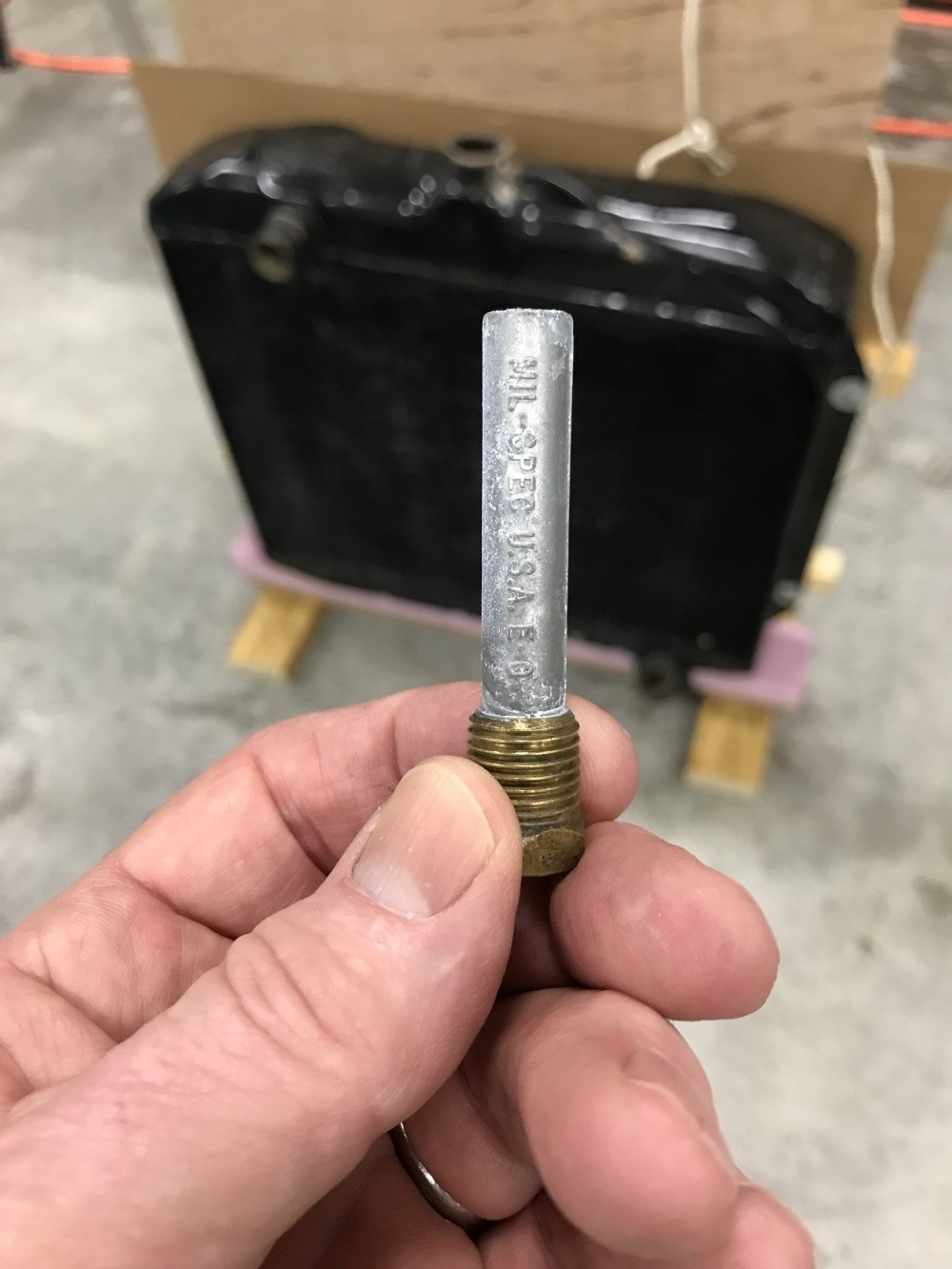Aluminum Electrolysis issue
TwinSupercharged
Expert Adviser
in HUDSON
I have installed "Walt's" aluminum thermostat spacer plate. Electrolysis is pitting and causing sludge build, blocking the pin hole to send water to the first cylinder. Also build up around the thermostat housing and the head. I run 12 volts and both gaskets are in good shape.
How do I prevent any further damage to the spacer?
How do I prevent any further damage to the spacer?
0
Comments
-
You are speaking of a spacer that fits between the thermostat housing and to cylinder head? Or the water jacket on the side of the block?
If the water jacket, then I have seen repairs done on these by punching different diameter holes (one size for each hole) in thin stainless steel plates which are then sandwiched between the jacket and the side of the block. Stainless should corrode much less than steel or aluminum.0 -
This is on a 1951 308 and yes it is the spacer between the thermostat and the cylinder head.0
-
I guess I have never seen Walt's spacer. What is the purpose of the spacer? Picture?
0 -
Maybe coat the spacer with CRC Zinc-It cold galvanize spray to create a barrier between the aluminum spacer and the block.0
-
The discussion should be on one of the links here "suggestions for engine cooling": https://hudsonrestoration1948-54.com/CoolingSystem.htmThe spacer is needed for the Stant thermostat.Why not just ditch the spacer and use the Mr . Gasket 4366 thermostat instead?Ken did an awesome job with his web page. It really is a great resource.
0 -
I use to run an aluminum head on my 308 and when I had my radiator worked on 10 years ago the shop recommended that I use a sacrificial anode in the radiator to combat electrolysis. They soldered in a fitting to accept the anode, which I can change out when necessary by simply unscrewing the brass fitting from the radiator and the anode from the brass fitting and installing a new one. The radiator is out of the car at the moment so I thought I would provide a couple of photos. The anode is located at the bottom of the radiator so that it it stays wet.
Hope this helps someone.
John Forkner

0 -
Another 9ikmportant point is to run a ground wire soldered to the top tank If there is no voltage difference between the coolant and ground you will get no electrolysis. A good coolant in the water neutralises galvanic action.0
Categories
- 36.9K All Categories
- 113 Hudson 1916 - 1929
- 20 Upcoming Events
- 92 Essex Super 6
- 28.6K HUDSON
- 574 "How To" - Skills, mechanical and other wise
- 995 Street Rods
- 151 American Motors
- 178 The Flathead Forum
- 49 Manuals, etc,.
- 78 Hudson 8
- 44 FORUM - Instructions and Tips on using the forum
- 2.8K CLASSIFIEDS
- 608 Vehicles
- 2.2K Parts & Pieces
- 77 Literature & Memorabilia
- Hudson 1916 - 1929 Yahoo Groups Archived Photos


